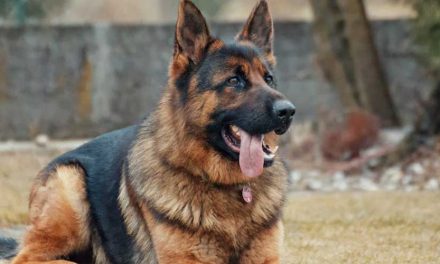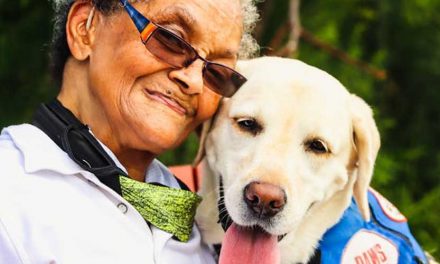Police dogs, also known as K9s, play a vital role in law enforcement agencies worldwide.
These highly trained animals, often viewed as partners rather than mere tools, assist officers in various capacities, enhancing overall public safety.
Here are the primary duties that police dogs typically perform:
1. Detection Work:
One of the foremost responsibilities of police dogs is detection work.
This includes searching for drugs, explosives, and even firearms.
Their acute sense of smell, estimated to be between 40 to 100 times better than that of humans, allows dogs to detect substances that law enforcement officers might otherwise overlook.
Drug detection dogs are specifically trained to identify illegal substances, helping to combat drug trafficking.
2. Search and Rescue:
Police dogs are invaluable in search and rescue operations.
They are often deployed in cases of missing persons, whether it’s a child wandering off or a person lost in a natural disaster.
Their ability to track scents over long distances and through various terrains makes them essential in locating missing individuals quickly and efficiently.
3. Apprehension and Control:
Police dogs are trained to assist in apprehending suspects.
When a crime occurs and a suspect flees, K9s can be called in to pursue and subdue the individual.
Their presence can deter criminal activity, and they are trained to apprehend suspects while minimizing harm to both the suspect and officers, using techniques such as barking or physical restraint.
4. Crowd Control:
During public events, protests, or riots, police dogs can help maintain order.
Their intimidating presence can defuse potentially volatile situations, and they can assist officers in managing crowds.
K9 units often serve to promote a sense of security among the public while ensuring that law enforcement can handle any disturbances effectively.
5. Evidence Retrieval:
Police dogs are also trained to assist in locating evidence at crime scenes.
Whether it’s a weapon, clothing, or any other material that may be pertinent to an investigation, these dogs can help officers search systematically and efficiently, ensuring that crucial evidence is not overlooked.
6. Public Relations and Community Engagement:
Police dogs often participate in community outreach programs.
They are involved in school visits, public demonstrations, and events, which not only showcase their capabilities but also help build trust between law enforcement and the community.
These interactions promote awareness of the important role K9 units play in public safety.
7. Therapeutic Roles:
Beyond their traditional law enforcement functions, some police dogs are employed in therapeutic capacities.
They may visit hospitals, schools, or other community settings to provide comfort and support, demonstrating the diverse abilities and benefits of police dogs beyond their active duty roles.
In conclusion
Police dogs are essential members of law enforcement agencies, significantly enhancing the effectiveness of police operations.
Their diverse skills in detection, apprehension, search and rescue, and community engagement highlight the invaluable partnership between K9s and police officers, ultimately contributing to safer communities.
As they continue to serve alongside their human counterparts, the bond between police dogs and their handlers remains strong, underscoring the importance of training, trust, and teamwork in ensuring public safety.









